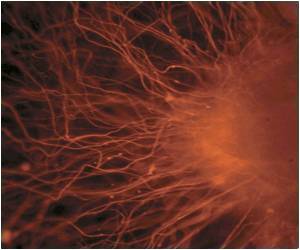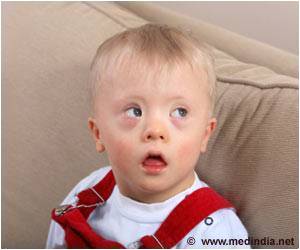Study finds the presence of alterations in information flow from brain areas involved in social cue processing in toddlers and pre-schoolers with Autism Spectrum Disorders (ASDs).

‘Differences in the visual exploration of images coincide with changes in connectivity between key regions of the social brain in very young children with autism spectrum disorders (ASDs).’





The results of their study suggest that interventions targeting children's ability to respond to social cues at this critical early age could rewire the brain while it is still possible to do so, potentially restoring social brain development. Dr Holger Sperdin, Postdoctoral Research Associate at the UNIGE's Faculty of Medicine and lead author of the study, explains what he and his team set out to discover: "As toddlers with ASD have less preferential attention for social cues, we hypothesised that when we showed them moving social images, they would demonstrate differences in both the way they visually explore these images and in the way their brain networks process social information, compared with typically developing toddlers." Eye-tracking technology
The team used an electrophysiological monitoring method called electroencephalography (EEG) to study the children's brain activity, and powerful eye-tracking technology to observe their gaze while they watched movies featuring human social interactions. They found that the children with ASD had different gaze patterns while watching the movies to the typically developing infants, and that this was accompanied by alterations in nerve cell connectivity and information flow in the brain.
In those with ASD, the team also observed what is known as 'increased driving' in two specific frequencies of brain waves - alpha and theta - as well as high levels of connectivity between nerve cells in certain regions in the brain. The theta brain wave frequency and the regions of the brain affected are both known to be important components of the 'social brain', and the alpha frequency is important for visual attention. Brain regions generating these brain wave frequencies may therefore develop differently in children with ASD compared with their typically developing peers.
"Our results show for the first time the presence of alterations in information flow from brain areas involved in social cue processing in toddlers and pre-schoolers with Autism Spectrum Disorders (ASD)," concludes senior author Professor Marie Schaer, Assistant Professor at the University of Geneva, Switzerland. "These alterations within regions of the social brain are present at early stages of ASD and justify further investigation into whether therapeutic interventions targeting social orienting skills may help to remediate social brain development during this critical stage when neural plasticity is still possible."
Advertisement












